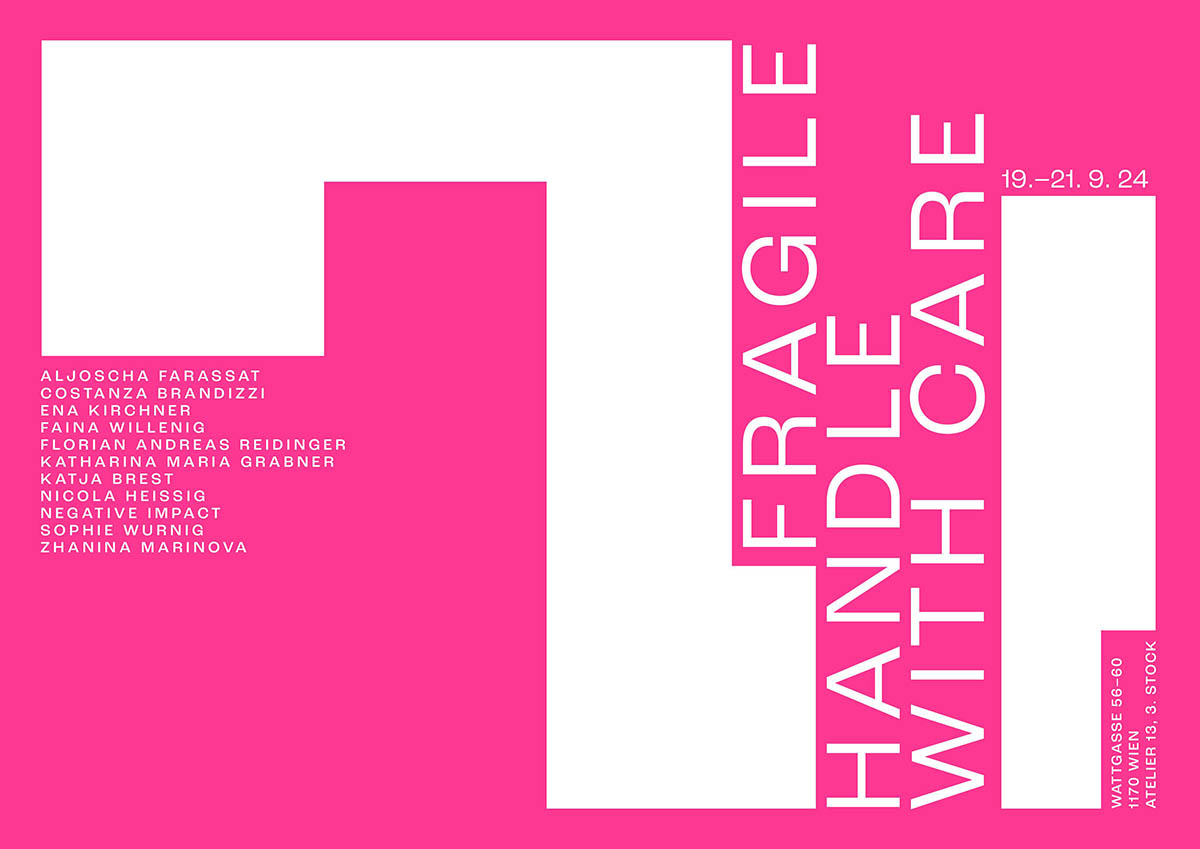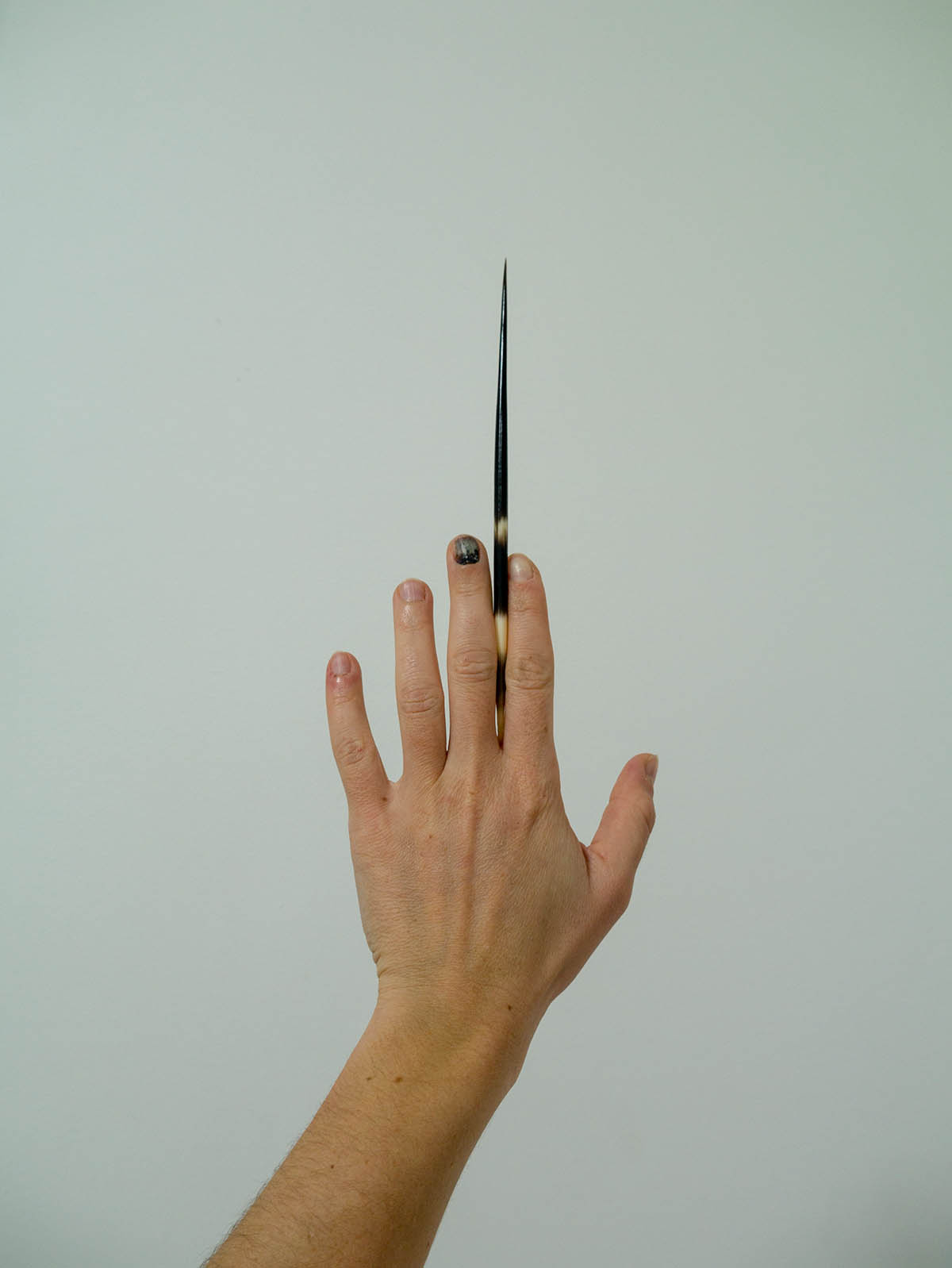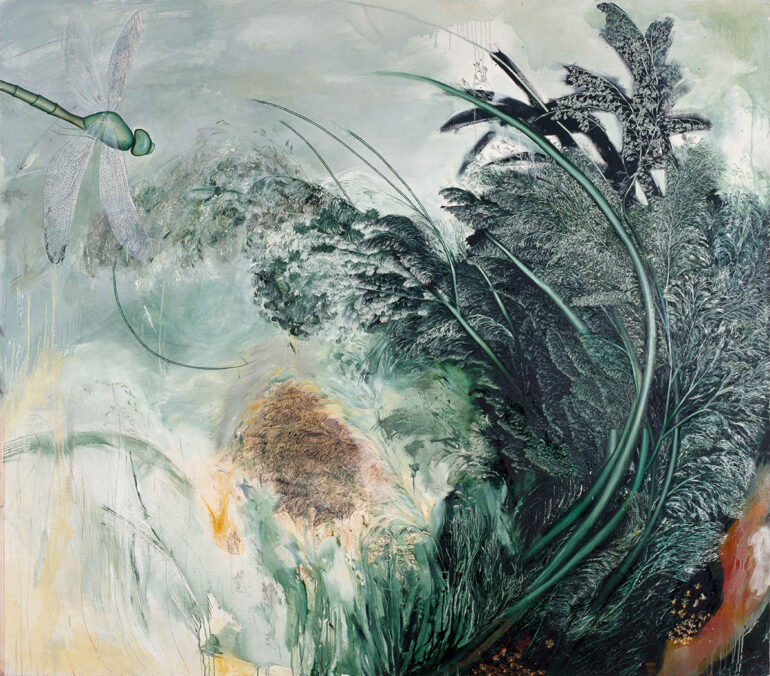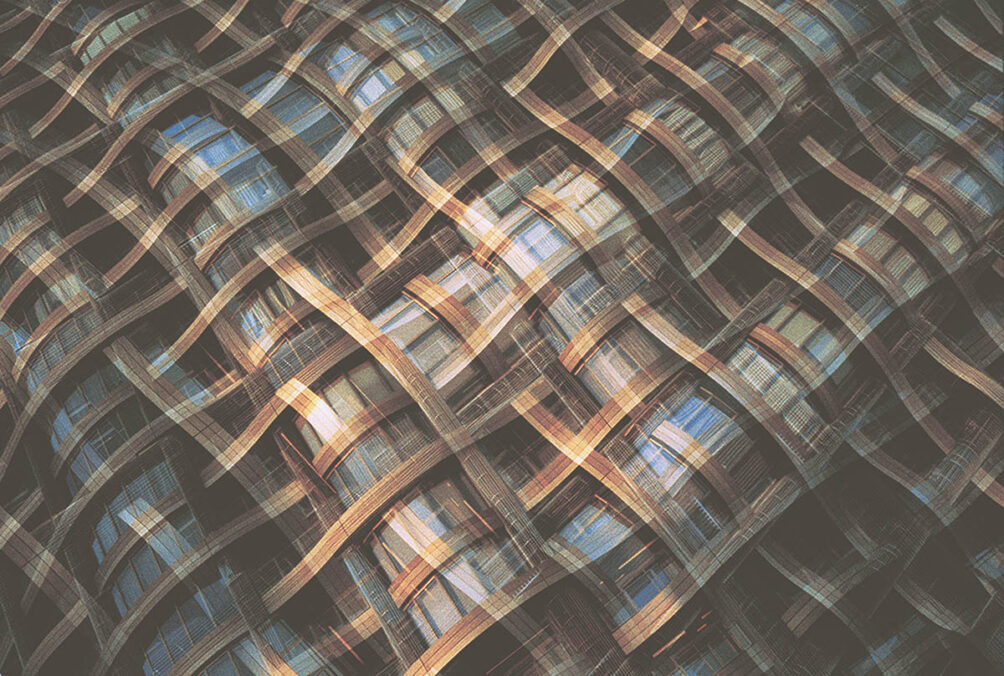
Der Titel spielt mit der von Paketen und Verpackungen bekannten Aufschrift und etabliert so einen Rahmen von Fragilität, der die Beiträge von Costanza Brandizzi, Katja Brest, Aljoscha Farassat, Katharina Maria Grabner, Nicola Hessing, Ena Kirchner, Zhanina Marinova, negative impact, Florian Andreas Reidinger, Faina Willenig und Sophie Wurnig vereint. Die Kontextualisierung betont zudem eine materielle Dimension. Als zentrale Thematik stehen also Kunstwerke bzw. Gegenstände als aufmerksamkeitsfordernde Körper im Zentrum, die trotz ihrer demonstrativen Stärke ihre Verletzlichkeit bewahren oder diese durch deren Ausdruck verdeutlichen. Die Auseinandersetzung mit den präsentierten Kunstwerken erfordert ein hohes Maß an Sorgfalt und eröffnet einen vielschichtigen Diskurs, der das Publikum zu einer näheren Betrachtung anregt und fasziniert.

Die Materialität der Kunstkörper sowie mögliche Reibungspunkte treten in ihrer Beziehung zur Form und zum Schaffensprozess selbst hervor. So erforscht Ena Kirchner – bewusst an der Schnittstelle von Kunst, Handwerk und Design verortet – das Zusammenspiel und die Kontrastierung von Material und Form. Ihre Keramiken zeichnen sich durch ein Spannungsverhältnis zwischen der robusten, widerstandsfähigen Materialität und der filigranen Feinheit der Formen aus. Auch das Projekt Noto von negative impact und Florian Andreas Reidinger beschäftigt sich mit ebendieser Materialität. Hier aber wird nicht die Form, sondern die angewandte Technik als Gegenspiel herangezogen. Die Bilder (Super- Panoramen und analoge Projektion) des von der Naturgewalt gezeichneten Gebietes Noto in Japan zeigen die Zerstörung bzw. den Zerfall der Kultur auf. Diese eröffnen gleichzeitig einen Raum der Verletzlichkeit im robusten Material der abgebildeten Häuser und nehmen materiale Feinfühligkeit und simultane Fragilität als Sujet auf.
Das Verhältnis von Identität und Gesellschaft wird in der Ausstellung auf verschiedenste Weise aufgenommen und verarbeitet. So persifliert etwa Sophie Wurnig die Wurst als Wiener Kulturgut, während Costanza Brandizzi mit Honey geschlechtliche Codierung und damit auch die Identitätsfunktion von Kleidung aufbricht. Die Trivialität der Gegenstände, die kulturelle bzw. geschlechtliche Identität tragen – einerseits Unterwäsche, andererseits eben die Wurst – tritt dabei offen zutage. Die simultane tiefe symbolische Verwurzelung und Alltäglichkeit der Dinge wird gleichzeitig genutzt, um gesellschaftliche Identifikationmuster subversiv zu bearbeiten und zu öffnen. Die genannten gesellschaftlichen Strukturen etablieren und reproduzieren Machtverhältnisse, welche den menschlichen Körper sowohl formen als auch im Verlauf seines Lebens bestimmen.

Diese Thematik bildet den Schwerpunkt der Arbeiten von Faina Willenig und Aljoscha Farassat. In ihren Performances und Installationen verleiht Willenig dem Nexus eine queere- feministische Färbung, indem sie Fragen von Schamgefühle, Schmerz und Sexualität in Verbindung mit gesellschaftlicher Macht thematisiert und somit deren körperliche Auswirkungen auf einer anderen Ebene beleuchtet. Farassat untersucht die Auswirkungen rechtlicher Bestimmungen bzw. Kategorisierungen auf den menschlichen Körper, indem er sich perforierter Porträtfotografien, die mit Flusssäure behandelt wurden, bedient. Dabei bezieht er auch die eigenen, persönlichen Erfahrungen mit ein.
Sowohl Nicola Heissig als auch Katharina Grabner rücken unser Verhältnis zur Welt als Menschen in den Vordergrund. Heissigs Serie Phaces dokumentiert die Entwicklung eines knapp elfwöchigen Projekts, in dessen Rahmen täglich ein Gesicht gemalt wurde. Zu Beginn wurde ausschließlich der Kugelschreiber verwendet, während im Verlauf des Projekts weitere Materialien wie Tusche, Grafit, Ölkreide, Buntstift, Tuschestift, Aquarellfarbe, Acrylfarbe und Ölfarbe integriert wurden. Grabner hingegen fokussiert sich auf den menschlichen Zugang zur Welt: unsere Wahrnehmung. So fertigt sie filigrane, ephemere Arbeiten mit Licht, Bewegung, dem Einwirken von Klängen oder Pflanzenteilen an und versucht den vorher eingeschränkten Raum menschlicher Wahrnehmung zu öffnen. Beide Positionen erkunden die feinen Grenzen zwischen Sichtbarem und Unsichtbarem und wollen die Wandelbarkeit einer scheinbar statischen Realität aufzeigen.

In eine ähnliche Richtung zielt Zhanina Marinova. Sie setzt sich in ihrer künstlerischen Praxis intensiv mit dem Verhältnis von An- und Abwesenheit genauso wie mit Zwischenräumen auseinander und untersucht in ihren farbenstarken Werken sowohl die physische als auch die metaphorische Bedeutung dieser Gegebenheiten. Zentral ist ihr dabei die Antriebskraft von Emotionen. Katja Brest schafft im Verständnis des l’art pour l’art Bilder, die ohne große Erklärungen auskommen. In der sanft verwischten manieristischen Ferne verortet sie minutiös detaillierte Insekten in verschiedenen Lebensstadien und bringt in ihren großformatigen Gemälden Abstraktheit sowie Gegenständlichkeit in Einklang.
Ausstellung: fragile, handle with care. Kuratiert von Paula Marschalek und Marko Zink
Künstler:innen: Costanza Brandizzi, Katja Brest, Aljoscha Farassat, Katharina Maria Grabner, Nicola Hessing, Ena Kirchner, Zhanina Marinova, negative impact, Florian Andreas Reidinger, Faina Willenig und Sophie Wurnig
Ausstellungsdauer: 19.–21. September 2024
MITTWOCH, 18. September: Soft Opening 18:00 – 20:00 Uhr, bitte um Anmeldung.
DONNERSTAG, 19. September: Vernissage (18:00 – 22:00 Uhr) 18:00 Uhr Begrüßung Paula Marschalek, Marko Zink 20:00 UHR Performance von Faina Willenig | 21:00 UHR DJ Set von piece
FREITAG, 20. September: 18:00 UHR Begrüßung Paula Marschalek, Marko Zink 18:30 Uhr Führung von Katja Brest | 20:00 UHR Performance von Katharina M. Grabner
SAMSTAG, 21.September: Finissage: 18:00 Uhr Dialogische Führung mit Paula Marschalek | 20:00 Uhr Performance von Faina Willenig
Location: Bundesatelier 13, Wattgasse 56-60, 1170 Wien
Kontakt für Rückfragen:
Aljoscha Farassat, fragile.exhibit@gmail.com




